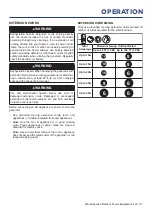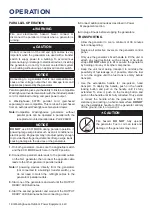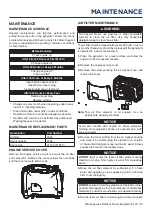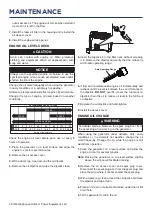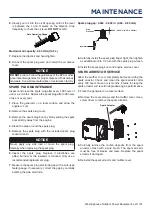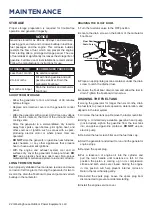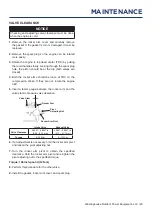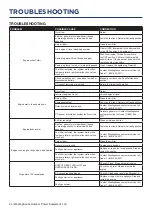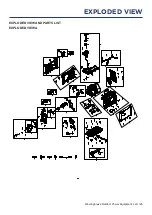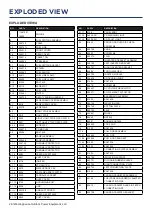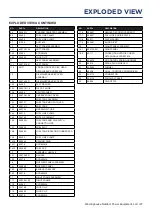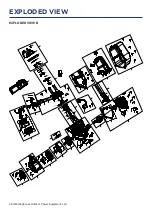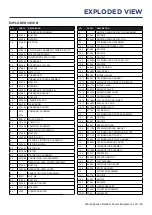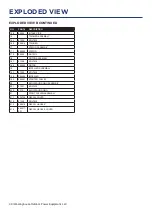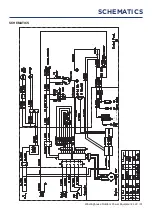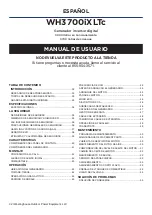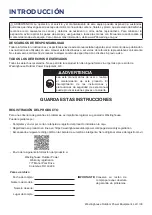
18 | Westinghouse Outdoor Power Equipment, LLC
PARALLEL OPERATION
WARNING
Fire and electrocution hazard. Never connect or
disconnect the parallel cord leads when a generator is
running.
CAUTION
Correct connection of the left and right cables is very
important when the generators are used with a transfer
switch to suppy power to a building. To avoid serious
personal injury or damage to electrical devices, including
the generators, do not try to power an electrical system
in a building without using an approved transfer switch.
NOTICE
Connecting to a generator that is not compatible can
cause a low voltage output that can damage tools and
appliances powered by the generator.
Parallel operation gives you the ability to link to a compatible
Westinghouse Inverter Generator with the included parallel
cord for combined running and peak power output.
A Westinghouse 507PC parallel cord (purchased
separately) is also compatible. This cord can be purchased
from an authorized Westinghouse Generator dealer.
Note:
Compatible Westinghouse generators without
parallel ports can be operated in parallel with the
receptacle-mounted parallel cable, Part# 260041.
NOTICE
DO NOT
use ECO MODE during parallel operation if
powering large surge loads such as an air conditioner or
electric pump. Engine rpm may not adjust quickly enough
to provide the voltage requirements of large surge loads,
causing damage to the devices or the generators.
1.
On both generators, make sure the engine/fuel switch
and the ECO MODE switch are in the OFF position.
2.
Connect two parallel cable leads to the parallel outlets
on the first generator, then connect the opposite cable
leads to the other generator’s parallel outlets.
Note:
If powering devices directly from the generators
(not connected to a building’s transfer switch), you
do not need to match the left/right cables to the
generator’s parallel outlets.
3.
Start one of the generators and wait until the OUTPUT
READY LED illuminates.
4.
Start the second generator and wait until the OUTPUT
READY LED illuminates before connecting a load.
5.
Connect additional loads as described in Power
Management section.
6.
Unplug all loads before stopping the generators.
TRANSPORTING
• Allow the generator to cool a minimum of 30 minutes
before transporting.
• Replace all protective covers on the generator control
panel.
•
Only use the generator’s fixed handle to lift the unit or
attach any load restraints such as ropes or tie-down
straps.
DO NOT
attempt to lift or secure the generator
by holding onto any of its other components.
• Keep the unit level during transport to minimize the
possibility of fuel leakage or, if possible, drain the fuel
or run the engine until the fuel tank is empty before
transport.
• Use the extendable handle for one-person, hand
transport. To deploy the handle, push on the handle
locking button and pull on the handle until it’s fully
extended. To stow it, push on the locking button and
push on the handle until it’s fully retracted. Only extend
or retract the handle while the generator is OFF,
stationary, and resting on a horizontal surface.
DO NOT
use the extendable handle to lift the generator entirely
off the ground, tow it, or up-end it.
CAUTION
Fire hazard.
DO NOT
fully up-end
the generator. Fuel or oil can leak and
damage to the generator may occur.
OPERATION














